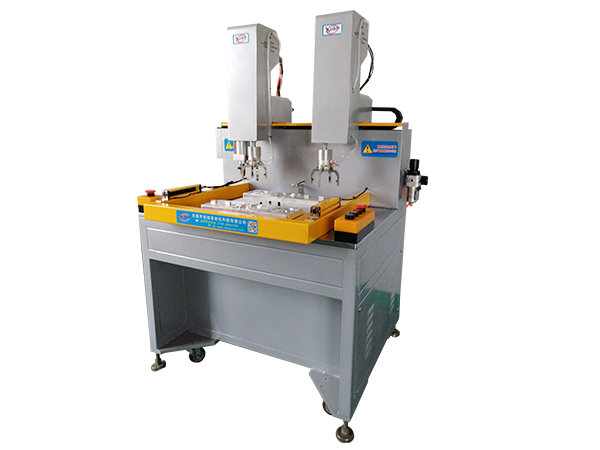The maintenance standards for non-standard automated equipment cover multiple aspects such as daily maintenance, regular inspection, precision adjustment, lubrication and maintenance, and safety regulations. Specific plans should be formulated in combination with the characteristics of the equipment and strictly implemented. The following is a detailed description:
I. Daily Maintenance
Cleaning: Regularly clean the external and internal components of the equipment, including removing dust, dirt and residues. Use appropriate cleaning agents and tools to avoid damaging the sensitive parts of the equipment.
Neatness: Ensure that tools, workpieces and accessories are neatly arranged, safety protection equipment is complete, and routes and pipelines are safe and intact.
Check
Check the surface of the equipment for any damage, cracks, deformations or other conditions. If any abnormalities are found, they should be dealt with promptly.
Check the maintenance and connection conditions of each component of the equipment to ensure there is no loosening or detachment.
Check the working status of the sensors and control systems to ensure their normal operation. If any malfunction or abnormality is detected, repair or replace the damaged parts in a timely manner.

Ii. Regular inspection
Comprehensive inspection: Within the prescribed inspection cycle, maintenance workers conduct a thorough inspection and measurement of the equipment's performance indicators and amateur quality. Record any problems found in a timely manner and use them as the basis for subsequent decision-making on equipment maintenance plans.
Precision inspection: Measure, analyze and adjust the geometric accuracy, processing accuracy and installation level of the equipment. This work is carried out by full-time inspectors as planned to determine the actual accuracy of the equipment and provide a reference basis for equipment adjustment, repair, acceptance and scrapping.
Iii. Lubrication and Maintenance
Lubrication: According to the requirements of the equipment, regularly lubricate the lubrication components, such as bearings, transmission devices, etc. At the same time, check and tighten the bolts and connecting parts of the equipment to ensure its stability and safety.
Oil quality inspection: Check the oil gauge, oil gun, oil cup, oil felt and other lubrication parts, and keep them clean. Check the lubrication system to ensure the oil passage is unobstructed and the oil quality is qualified. If the quality of the oil deteriorates, it should be replaced in time.
Iv. Preventive Maintenance
Replace vulnerable parts: Regularly replace vulnerable parts to prevent equipment failure and damage.
Check electrical connections: Regularly inspect electrical connections and cables to ensure there is no damage or looseness.
Check the air pressure and hydraulic systems: Regularly inspect the air pressure and hydraulic systems to ensure their normal operation.
V. Safety Regulations
Train operators: Ensure that equipment operators have the necessary training and skills to operate and maintain the equipment correctly.
Adhere to safety regulations: When using the equipment, it is essential to follow safety regulations, ensure the safety of the surrounding environment of the equipment, and prevent unauthorized personnel from approaching the equipment.
Establish maintenance records: Establish a sound equipment maintenance record and management system to track the maintenance and upkeep of equipment.
about
Introduction video case honor partners factoryproduct
Automatic welding line Non-standard customization Automatic soldering Glue/screw lockingnews
dynamic Information faqCustomer Service
contactMr. Xia:+86 186-7696-3763

WeChat QR code

Douyin QR Code
Copyright © 2025 Copyright © Dongguan Chuangxiao Automation Technology Co., Ltd.
本站相关网页素材及相关资源均来源互联网,如有侵权请速告知,我们将会在24小时内删除